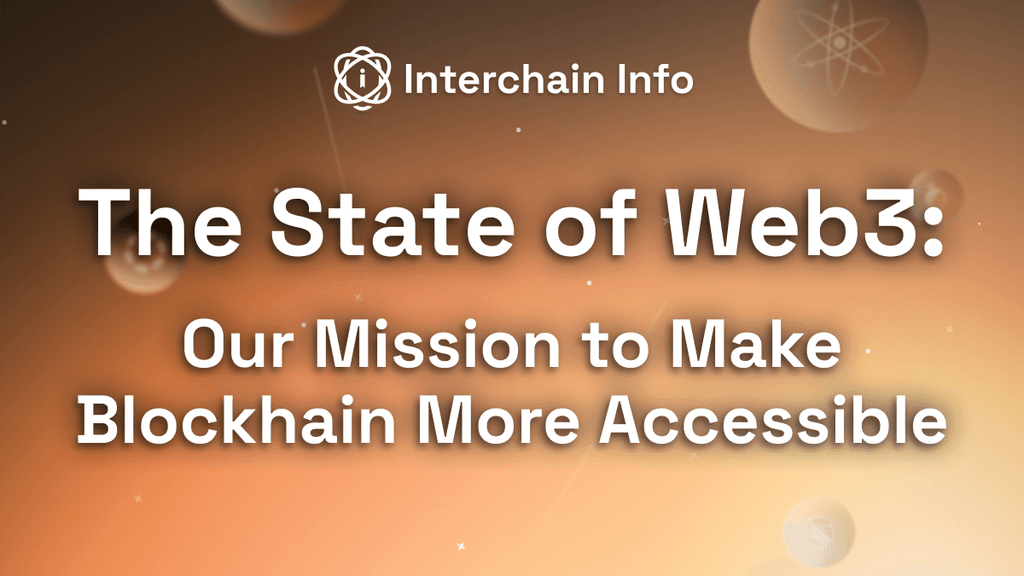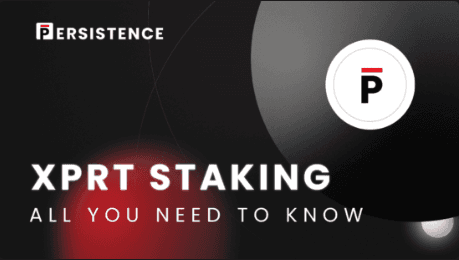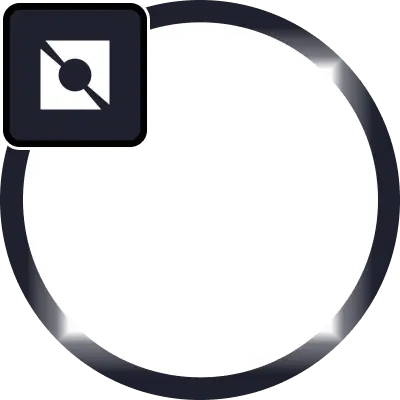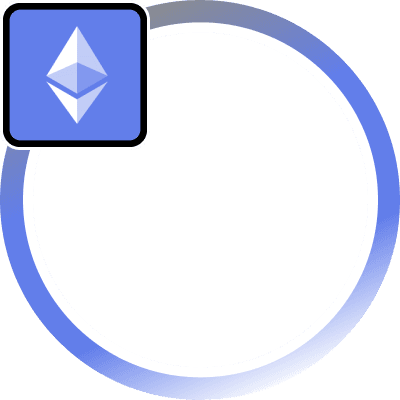Introduction to Bedrock
Bedrock is a liquid restaking protocol designed to maximize yield opportunities across multiple blockchain networks. It supports staking and restaking of various assets, primarily focusing on Wrapped Bitcoin (wBTC), Ethereum (ETH), and IoTeX (IOTX). The protocol operates with a non-custodial approach, ensuring that users maintain control over their assets while benefiting from enhanced staking rewards.
Developed in partnership with RockX, a well-established blockchain infrastructure provider, Bedrock taps into the emerging trend of liquid staking and restaking, allowing users to unlock liquidity from staked assets and generate additional yield. This makes it appealing to both novice users and institutional players seeking to maximize returns in the decentralized finance (DeFi) space.
Key Features:
-
Multi-Asset Liquid Restaking: Bedrock supports a diverse range of assets for staking and restaking, with its core offerings being uniBTC, uniETH, and uniIOTX. These assets are represented as Liquid Restaking Tokens (LRT), which are pegged to their native tokens (wBTC, ETH, and IOTX). By staking these tokens, users can restake them on other networks or protocols to generate additional yield.
-
uniBTC: Bedrock’s uniBTC is a restaking solution for Wrapped Bitcoin (wBTC) holders. This offers a way for wBTC holders to stake their tokens without needing to redeem them. This allows participants to earn rewards from the Bitcoin staking protocol (Babylon) while benefiting from Ethereum’s security infrastructure. uniBTC introduces an innovative way to earn yield on Bitcoin-related tokens without compromising liquidity.
-
uniETH: uniETH is Bedrock’s Liquid Restaking Token for Ethereum. It enables ETH holders to stake their tokens on EigenLayer, a restaking platform on Ethereum, and unlock additional yield through restaking opportunities. Bedrock’s system leverages smart contract mechanisms to provide seamless staking and restaking, all while maintaining high security standards. uniETH does not increase in quantity but rather appreciates in value over time as it accrues additional rewards.
-
uniIOTX: uniIOTX allows users to engage in liquid staking on the IoTeX blockchain, solving several challenges associated with Delegated Proof of Stake (DPoS). This helps IoTeX users unlock liquidity while continuing to earn staking rewards.
Restaking and EigenLayer Integration
Bedrock’s unique proposition lies in its integration with EigenLayer, a restaking platform on Ethereum that allows staked tokens to be reused for additional security and yield opportunities. By participating in restaking through EigenLayer, Bedrock users can earn additional rewards by taking on incremental slashing risks. This approach has led to rapid growth in the restaking market, with cumulative market cap exceeding $4 billion.
Security and Non-Rebasing Model
Bedrock is committed to maintaining high security standards, with all smart contracts undergoing multiple rounds of audits. One standout feature is the non-rebasing token model used for uniBTC, uniETH, and uniIOTX. Unlike traditional staking tokens that increase in number, Bedrock’s LRT tokens grow in value over time, ensuring that 1 uniETH or 1 uniBTC becomes increasingly worth more than 1 ETH or wBTC, respectively.
Additionally, Bedrock minimizes risks by relying on on-chain data for its reward calculations, avoiding oracle-based solutions, which can be vulnerable to external compromises or inaccuracies. By focusing on direct, on-chain mechanisms, Bedrock ensures that staking and restaking activities are more secure and transparent.
Babylon and EigenLayer Partnerships
Bedrock’s partnership with Babylon and EigenLayer creates a robust ecosystem for restaking. Babylon’s Bitcoin Staking Protocol allows Bitcoin token holders (via wBTC) to enjoy staking rewards, while EigenLayer provides additional yield opportunities through its restaking services on Ethereum.
The protocol’s modular design allows it to adapt to future improvements in staking technologies, ensuring that users continue to benefit from new developments in the staking ecosystem. This includes future upgrades to the vault system, which will accommodate additional liquid staking tokens (LSTs) and offer flexible restaking options.
User Experience and Accessibility
Bedrock simplifies staking for users by handling complex interactions with blockchain networks, eliminating the need for users to run validator nodes or possess technical knowledge. This is especially important for ETH staking, where the minimum 32 ETH staking requirement and the technical demands of running a node are often barriers for entry. Bedrock allows users to participate in staking with any amount of tokens, democratizing access to staking rewards.
Moreover, there are no minimum deposit requirements for wBTC staking, though a recommended minimum of 0.005 wBTC is advised to optimize transaction costs.
Tokenomics and Yield Distribution
The value of Bedrock’s tokens (uniBTC, uniETH, and uniIOTX) comes from their ability to accumulate staking rewards and appreciate over time. For example, when users deposit wBTC to receive uniBTC, they begin to accrue rewards tied to their staked assets. Similarly, uniETH holders benefit from restaking on EigenLayer, receiving both the native staking rewards from Ethereum and additional rewards from EigenLayer’s platform.
In the initial weeks of Babylon’s mainnet launch, Bedrock will incentivize wBTC holders with additional rewards, including 21x booster Diamond points, to encourage participation in the staking protocol.
Future Roadmap
Bedrock is focused on expanding its restaking solutions to other assets and blockchains. It plans to enhance its LRT offerings by supporting new assets and upgrading its vault systems to enable more flexible and diverse staking strategies. The protocol’s long-term goal is to become a one-stop staking solution for PoS token holders, offering high security, additional yield opportunities, and liquidity without the need for users to manage complex validator setups.
Conclusion
Bedrock is a highly innovative restaking platform that combines liquidity, security, and flexibility to offer superior yield opportunities for a wide range of assets. Its integration with EigenLayer and Babylon positions it as a key player in the rapidly growing restaking market, while its user-friendly approach opens staking to a broader audience. With its non-rebasing token model, audited smart contracts, and focus on minimizing oracle risks, Bedrock ensures that users can safely participate in staking while maximizing long-term returns.






